 coffee bean
coffee bean maize (corn)
maize (corn) cacao tree (chocolate)
cacao tree (chocolate)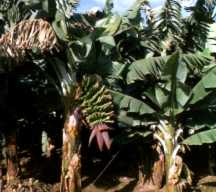 bananas
bananas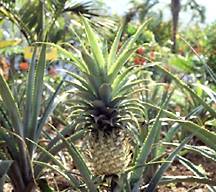 pineapples
pineapples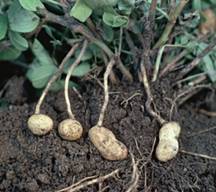 peanut plant
peanut plant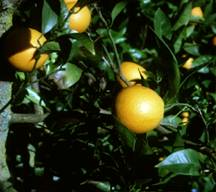 oranges
oranges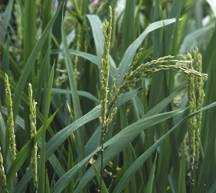 rice
riceAIM: Why is the rain forest important?
MOTIVATION: Show students some pictures of common foods we eat. Where do you think they came from?
 coffee bean coffee bean |
 maize (corn) maize (corn) |
 cacao tree (chocolate) cacao tree (chocolate) |
 bananas bananas |
 pineapples pineapples |
 peanut plant peanut plant |
 oranges oranges |
 rice rice |
PROCEDURE:
1. The rain forest is important for many reasons. In this lesson, we want
to find out the reasons why the rain forest is so important. Students
will break up into cooperative learning groups. Each group will have
a different part of the rain forest to report on. Each group will
be responsible for doing the research, recording, reporting. Each
group will produce a rain forest book on their topic. Here are the
topics:
a. Climate-
This group will research why the rain forest is responsible for the earth's
climate. They will explain the Greenhouse Effect. They will
find information from http://richmond.edu/~ed344/webunits/biomes/rainforest.html
This site will also connect to all other sites listed in the unit for further
research.
b. Foods-
This group will research the different foods we get from the rain forest.
There book will contain pictures of all the different foods, their origins,
and how we use these food products. Again, all research can be obtained
from the web site listed above by linking from there to their sites.
c. House
Products- This group will concentrate on all materials that are not foods.
They include hardwoods, rubber, oil, hemp, rattan, waxes, bamboo, dyes,
citronella, fibers, and acids. There book will illustrate the product
as it is used. Research will include http://encarta.com,
as well as the previous website.
d. Medicines-
The rainforest is a rich treasure of medicines. This group will be
responsible for researching the different medicines we get from rain forest
plants, and what they are used for. They can make their book an alphabet
book listing the drugs and what diseases they are used to fight against.
Some medicines to research are: quinine, cortisone, digitalis, curare, reserpine,
and drugs from the rosy periwinkle plant.
2. When the books are completed,
each group will report to the class.
ACTIVITIES:
1. Students will make books
on their research topic.
2. Students will continue to
observe the rain forest terrarium made in the first lesson, and observe
how the water is recycled, as well as everything else.
3. Students can make a simple
ecosystem. They will need a clean, empty mayonnaise jar, some sand
and gravel, snails, and water plants, like elodea (available from any pet
store). Place gravel, sand and water in the jar. Put in a few
elodea plants and some snails. You can vary the number of plants
and snails if you have more than one jar. Children can learn how
they can balance nature by finding the right combination of plants and
snails. What they will see is that the plants provide food and oxygen
for the snails, and the snails provide carbon dioxide and food for the
plants- creating an ecosystem.
FOLLOW-UP: The books will be put on display, and an entire review of the rain forest biome will be discussed. The next order of business would be to do a lesson on how we must protect the rain forest from deforestation and destruction, and why that is so important to our planet.